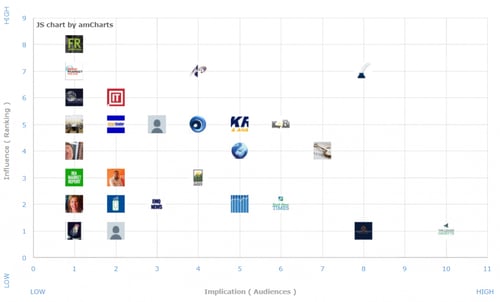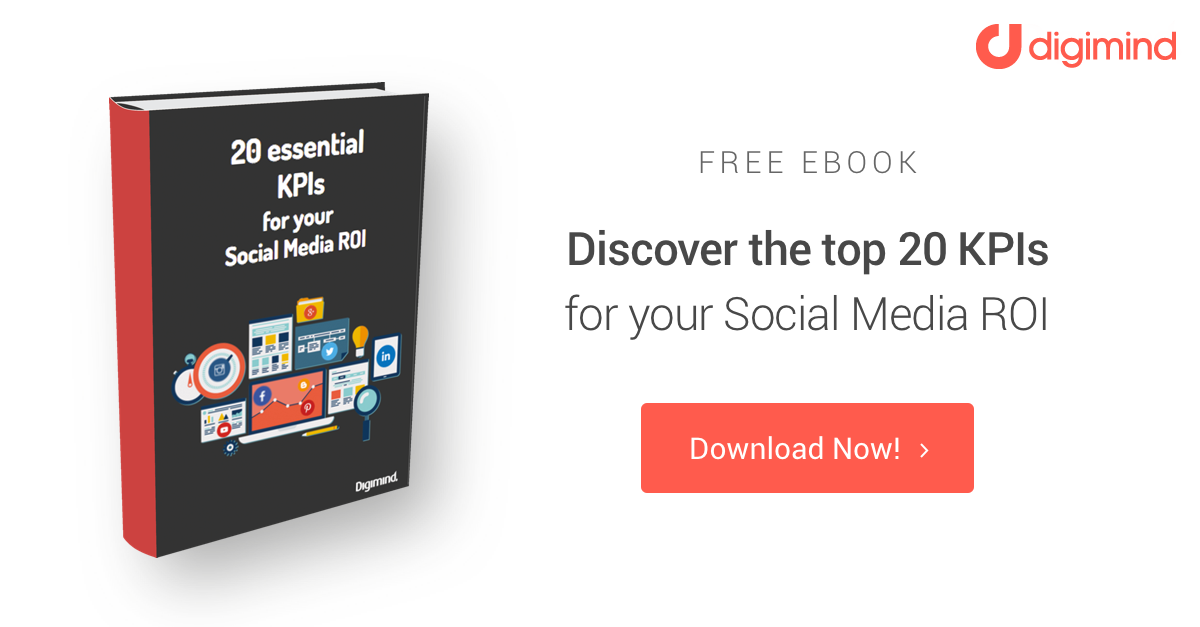The Role of Social Intelligence in Influencer Marketing
Influencer marketing has become an incredibly popular marketing practice as digital marketers continue to invest in the strategy. However, many marketers still struggle with determining standard metrics and indicators for tracking and selecting influencers for their target audience. According to market research company eMarketer, when asked what aspect of influencer marketing they wish to improve on, 60% of marketers respond they need assistance discovering potential influencers, while 66% reported having trouble with tracking the full scope of influence for campaigns.
 Areas of influencer marketing commonly identified for improvement by marketers, via eMarketer.
Areas of influencer marketing commonly identified for improvement by marketers, via eMarketer.Given this data, the following article will outline proper social analytics strategy to improve influencer marketing strategy. Below is a case study which will discuss best practices for analyzing influencers based on audience potential, social authority, and relevance to the target audience.
The Business Challenge
Digimind’s client, a multinational pharmaceutical group, invested in a branded content portal to reinforce the brand’s position as a probiotic drug company with expertise in dealing with microbial flora. In outlining this goal, the company defined the following business challenge:
Find and engage influencers who are considered authoritative and trustworthy by the general public in order to populate the platform with users who will successfully position the brand.
The Project
Digimind Social was set up to monitor influencers, focusing on identifying authors who have large fan bases, while still maintain a level of academic authority on the topic. Following this analysis, the following indicators were identified:
- Demographics and Geography: all information related to gender, profession, ethnicity, education, and location.
- Topic of Conversation: significant themes based on trends in growth and volume of mentions
- Sentiment: segmentation of pharmaceutical industry mentions by associated sentiment (positive, neutral, or negative)
- Engagement: number of mentions, conversations, and the scope of topics explored
- Social Weight: the impact of an author’s posts by audience potential, level of engagement generated, community size, involvement - in short, the ability to spread conversation across social media platforms, communities, and to individual users
The Solution
To extract meaningful insights from the large amount of data the agency complied, they utilized Digimind’s data visualization capabilities. The client used the following tools in particular:
- Key Concept Cloud: a word cloud offering an overview of the most commonly mentioned topics, in which the size of a concept represents how often it is mentioned.
- Concept Cluster: a network diagram in which the thickness of lines between themes related to the topic represents their level of interrelation.
 An example concept cluster associated with a well-known insurance provider, via Digimind Social.
An example concept cluster associated with a well-known insurance provider, via Digimind Social.
- Influencers Network: similar to concept clusters, this graphic measures the audience potential of a user, accounting for common and reciprocal conversations, the visibility of a single user, and their ability to create relationships between influentials
- Influencers Map: a Cartesian graph which plots the social influence of users on the y-axis against their audience potential on the x-axis
 A sample influencer map, via Digimind Social. As mentioned, authority as a factor of social influence (y-axis) is plotted against audience potential (x-axis).
A sample influencer map, via Digimind Social. As mentioned, authority as a factor of social influence (y-axis) is plotted against audience potential (x-axis).The Results
After employing Digimind Social, our client was able to achieve the following:
- Determine which communities they should target on social media
- Involve active and influential social media users in engagement and content marketing strategies
- Generate conversations between target influencers within their platform and across social media
- Create loyalty among the content hub’s community
Best Practices
The success of our client’s strategy highlights some best practices for other insight-driven agencies to consider.
Look Beyond Community Size
A large number of social media followers does not promise an excellent influencer. While community size is an important variable, influencer identification should account for the influencer’s social authority, credibility, level of social media engagement, and level of community involvement.
Align Marketing Data with Qualitative Analysis
As in any marketing campaign, market research drove this campaign to success. The feedback of social communities should always be kept in mind when developing campaigns. Collecting consumer insights begins with careful listening, monitoring, and analysis of conversations occurring across social media followed by qualitative analysis to ensure that the identified influencers will complement the targeted brand position.

